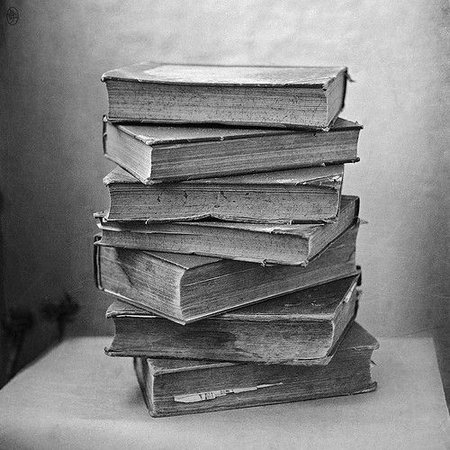Decompression
The turning bezel features the Bühlmann decompression security stops algorithm.
Depth
The Decompression 01 is water-resistant up to 575m-1668ft and features a helium valve.
Readability
A case inclination of 5 degrees ensures dial and bezel information readability.
Security lock
A mechanical mechanism integrated in the bezel locks and unlocks the crowns and the helium valve.

Decompression 01 Small Seconds Black
Automatic (Sellita SW261)
Small seconds
46mm
Stainless steel case with helium valve
Decompression security stops bezel
Inner ADT bezel and fly-no fly indicator
Black dial
575m-1886ft water-resistant
5 Degrees case inclination
Rubber strap
Swiss made

Decompression 01 Small Seconds "373"
Automatic (Sellita SW261)
46mm
Small seconds movement
Stainless steel case with helium valve
Decompression security stops bezel
Inner ADT bezel and fly-no fly indicator
Druckkammer yellow colour dial
575m/1886ft water-resistant
5 Degrees case inclination
Rubber strap
Swiss made

Decompression 01 Small Seconds Blue
Automatic small seconds movement (Sellita SW261)
46mm diameter
Stainless steel case with helium valve
Decompression security stops bezel
ADT scale and fly-no fly indicator
575m-1886ft water-resistant
5 Degrees case inclination.
Genuine rubber strap
Swiss made

Decompression 01 Small Seconds “Druckkammer”
Automatic (Sellita SW261)
46mm
Small seconds movement
Stainless steel case with helium valve
Decompression security stops bezel
Inner ADT bezel and fly-no fly indicator
Druckkammer colour dial
575m-1886ft water-resistant
5 Degrees case inclination
Rubber strap
Swiss made
Key features
The Watch


The mother of all diving watches
Safe diving started with decompression science. By featuring the Bühlmann decompression securities stops algorithm on the bezel, the Decompression 01 deserves the defintion of "mother of all diving watches".

pt tol i.g. = (p amb/b) + a
Bühlmann's goal was to incorporate the empirical results obtained in over 450 overpressure tests into a computer model to enable the dive calculations across different variables like: dive height (ABSL), dive length, dive depth, dive profile, breathing gas used and type of dive (single or repetitive).
He succeeded with the ZH-L16A algorithm in 1986. This calculation model is featured on the bezel of the Decompression 01.

The deepest dive
Life Magazine reported on the world-record
in Brissago, Switzerland.
On June 28th 1961, with the aid of Bühlmann's
calculations and procedures, intrepid diver
Hans Keller reached an unprecedented
depth for Mankind of 220m
The decompression model and gas mixture procedures developed by Prof. Bühlmann led to to multiple diving records: 1959 Lake Zürich, Switzerland (120M), 1961 Brissago, Switzerland (220M), 1962 Catalina Islands, California (311M), 1966 Porto San Stefano, Italy (220M exposure to saturation), 1969 Alverstoke, UK (350M exposure to saturation) and finally in 1981 the 575M depth record in the Zürich hyperbaric chamber.
From 1964 onwards A.Bühlmann has been concentrating on safe decompression procedures for professional divers on long-term dives to great depths that have allowed the development of new oil and gas fields in the area of the continental shelf.
The results of Bühlmann’s research that began in 1959 were published in his book “Decompression”. This book is regarded as the most complete public reference on decompression calculations and was used soon after in electronic dive computer algorithms.

Meet Albert A. Bühlmann
Professor Albert Alois Bühlmann (1923 – 1994) was a Swiss physician who significantly contributed to decompression science at the University Hospital in Zürich. His significant impact on diving ranged from complex commercial and military diving to recreational diving. He is held in high regard for his professional ethics and attention to his research subjects.
About Albert A. Bühlmann
35 years of research in diving medicine at the service of safe commercial, military and recreational diving

The inspiration
The inspiration for the watch has been the circular decompression calculator by A. Bühlmann. The translation of this calculator to the Decompression 01 bezel and the way it has to be operated in connection to time has been the driver of the bezel-dial design concept.
We designed the Bühlmann Decompression 01 like A. Bühlmann would have done. We have integrated 35 years of breathing science, empirical tests and depth records by functionally featuring his algorithm on the uni-directional turning bezel of the watch. This required a special re-design of the circular calculator itself, as well as a new dial and time reading configuration to make the scale usable on a timepiece and safe for diving.
Together with Thomas Bühlman, the son of Alfred Bühlmann, and his team, we have adopted new solutions for a diving watch to make it special, unique and professional. The legacy of Prof. Bühlmann lives on in the Decompression 01.

The 1975 Druckkammer
At the beginning of the 1970’s, the hyperbaric chamber of the University of Zurich became outdated. The diving depth was limited to 300 meters. Space was also limited, especially with regard to the treatment of accident victims. There was also no water tank in which diving missions in the water could be simulated.
With the financial help of the Canton of Zürich, the Federal Military Department and Shell International a new state-of-the art hyperbaric chamber was built. This new overpressure chamber with a water tank, the "Druckkammer", was designed for an overpressure of 101ata, which corresponds to a depth of 1000m.
The new hyperbaric chamber was put into operation in 1975.
Inside the Druckkammer
In this exclusive footage from the 1970s, filmed inside the Druckkammer during live decompression tests, you can see divers going about their test routines.



































